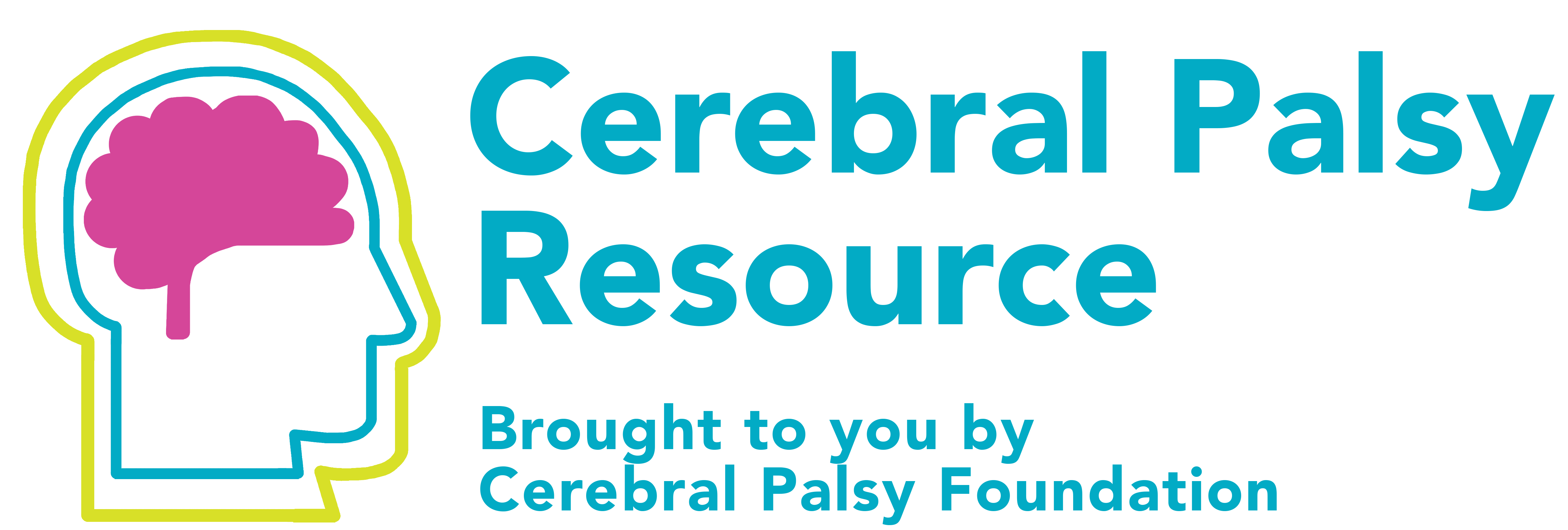Firm Evidence That Many Cases of CP may be Caused by Genetic Mutations: What Does This Mean for Families?
An international study recently published in the journal Nature Genetics has provided the first firm evidence that for a substantial number of people, their cerebral palsy (CP) may be caused by a genetic mutation, or mis-spelling in the body’s DNA blueprint.
Well-known risk factors for CP include environmental injuries like premature birth, lack of oxygen, bleeding in the brain, and infections around the time of birth. The new discovery indicates that genetics should be added to the list. We sat down for a question-and-answer session with study leader Michael Kruer to understand what the team’s findings may mean for your family.
What is a genetic mutation exactly?
All of us have a unique ‘recipe book’ within our cells that contain the instructions for our body to develop and function. This recipe book is called our genome, and the individual recipes (~20,000 of them) are called genes. Thousands of different genes are important for brain development. Genes are written in the DNA alphabet. If you think about a gene as a recipe (like a recipe for a cake) and there is a mis-spelling in the recipe (“Do I need 1 egg or 4 eggs??”) that can affect the way the cake turns out. Genes are very similar in this way, and a mutation is a typo that causes the recipe to turn out differently than it was intended.
Do your findings indicate that some children may be at higher risk for things like premature birth or oxygen deprivation?
This might be the case, but no, the study doesn’t address that particular question. Rather, we found that for many individuals in the study, the genetic mutation(s) we detected were the only risk factor they had, indicating that genetic mutations may cause CP in and of themselves. This has been suspected for several years, but through this international collaboration (www.icpgc.org), we were able to demonstrate this conclusively.
Can a person’s CP have a genetic ‘cause’ even if no one else in their family has CP?
Yes, it can. From one generation to the next, dozens of genetic changes may arise out of the blue. Most of these are of no consequence, but some can be important. The most frequent type of mutation we detected was just such a de novo mutation that occurred only in the child with CP but not the mother or the father. In other cases, we found that each parent was a carrier for a genetic mutation; in this scenario, each of the couple’s children would have a one in four chance (25%) of being affected with CP.
So do these children with genetic mutations have CP, or do they have genetic disorders?
My own take is that they have both. The diagnosis of CP does not depend on whether a lack of oxygen, prematurity, or a genetic mutation is at work. It is a clinical term in the same way that epilepsy or autism is. Neither of these neurodevelopmental disorder diagnoses would be taken away if a genetic cause was found- why should CP be any different?
With that being said, many families have found value in both the CP diagnosis (which can provide a useful framework and a sense of community) and knowledge of the genetic cause (which can provide a community of its own).
Did all of these genetic findings provide any insight into what causes CP?
A great deal, in fact. We weren’t surprised when we found evidence that there are likely hundreds of genes that can lead to CP when mutations develop. It turns out that the genes we identified weren’t random; rather, they fell into certain pathways that control the way that developing brain cells reach out and connect with one another into functional brain circuits. The mutations caused brain development to take a ‘wrong turn’ during development.
What does this mean for the CP field?
Although a study like this is only the beginning, it opens a window into how mutations can cause early brain development to go awry. This opens up the possibility of developing targeted treatments, which excites me because in the hospital and the clinic, the tools I currently have are all based on suppressing symptoms rather than the root cause. We and others have developed and are continuing to develop animal models of genetic forms of CP, including mice, zebrafish, and fruit flies. We have also developing human brain cell in a dish models (induced pluripotent stem cell neurons) developed from skin or blood cells from patients with genetic forms of CP. Studying these cell and animal systems will allow scientists in the field to continue to make new discoveries.
What do you do with this information?
For some families, knowing the cause of their child’s CP brings closure. They can stop wondering whether that flight they took during their pregnancy or that glass of wine they had before they knew they were pregnant affected their child’s development. As of the end of 2020, these new findings are providing many exciting pathways for research. We hope to be able to build on these new insights in order to inform diagnosis and work toward personalized treatments.
"An international study recently published in the journal Nature Genetics has provided the first firm evidence that for a substantial number of people, their cerebral palsy (CP) may be caused by a genetic mutation, or mis-spelling in the body’s DNA blueprint. "




